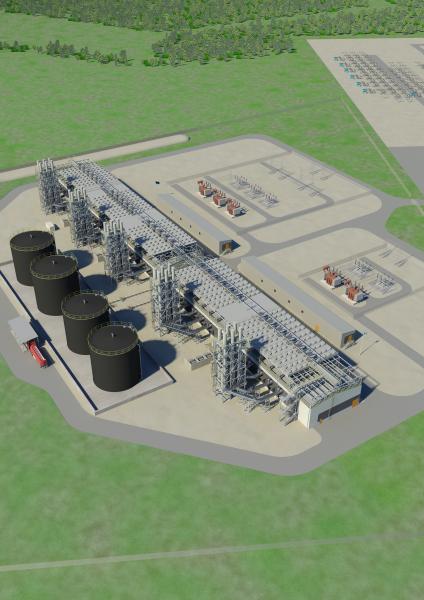29.06.2011 10:29
Elering and Wärtsilä Sign the Construction Contract for the Emergency Reserve Power Station
Elering, the Estonian TSO, is building an emergency reserve power station in Estonia in order to ensure the security of the electricity supply for consumers in the event of an emergency. Elering today signed a construction contract with Wärtsilä Finland Oy for almost 130 million euros. The power station will be built in two parts, with the first unit starting up in spring 2013 and the second in autumn 2014.
The power station will not provide electricity to the electricity market on a day to day basis, and it will only be engaged if it is needed to ensure the security of supply to consumers in the event of an emergency in connections or production capacity. Elering has a duty to replace capacity lost to the electricity system by a failure of equipment in no more than 15 minutes. The capacity of the new plant is equal to one-sixth of Estonia’s peak consumption, so in an emergency it will be able to cover a large part of Tallinn’s winter electricity consumption.
Chair of the Elering board Taavi Veskimägi said that Estonia’s first emergency reserve power station will significantly increase the security of the electricity supply to consumers in various critical situations. “The emergency reserve power station gives us a feeling of security, knowing that the electricity for Estonian consumers is satisfactorily guaranteed at all times by production capacity and connections within Estonia until at least 2023” he explained.
The need to build emergency capacity stems from the development plan of the electricity sector, which expects emergency power stations to be in existence by 2018 in order to guarantee security of supply. These is currently no fast-starting power station in Estonia and Estonia buys its emergency reserve under a contract with the Latvian electricity producer Latvenergo. This contract expires in early 2013.
The power station can operate with diesel or natural gas, and an on-site storage facility for liquid fuel will ensure that there is sufficient fuel available at the site in even the most extreme circumstances. If there is a sufficient supply of gas available, then gas will be used as the fuel as it provides a cheaper and more environmentally sustainable alternative.
A study ordered by Elering showed that the best place for an emergency power station is in the region of the Kiisa 330 kV substation. The advantage of this region is the strong connections from the Kiisa substation through high-voltage lines to the other key substations in Estonia such as Rakvere, Paide, Narva and Harku. The strong connections with the substations of Harjumaa and Tallinna will help the planned emergency station increase the security of supply in the region of highest demand in Estonia.
Elering is the Estonian Transmission System Operator, whose main duty is to ensure high-quality supplies of electricity to consumers at all times. To achieve security of supply, Elering maintains and develops the national transmission grid and international connections. Elering controls the Estonian electricity system in real time, ensuring the operation of the transmission network, and the balance between production and consumption.

